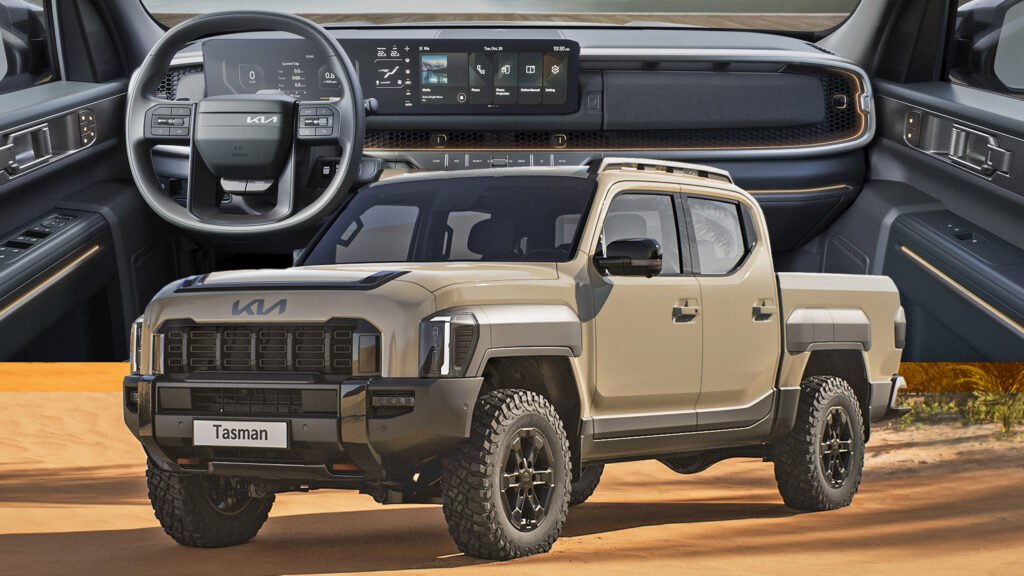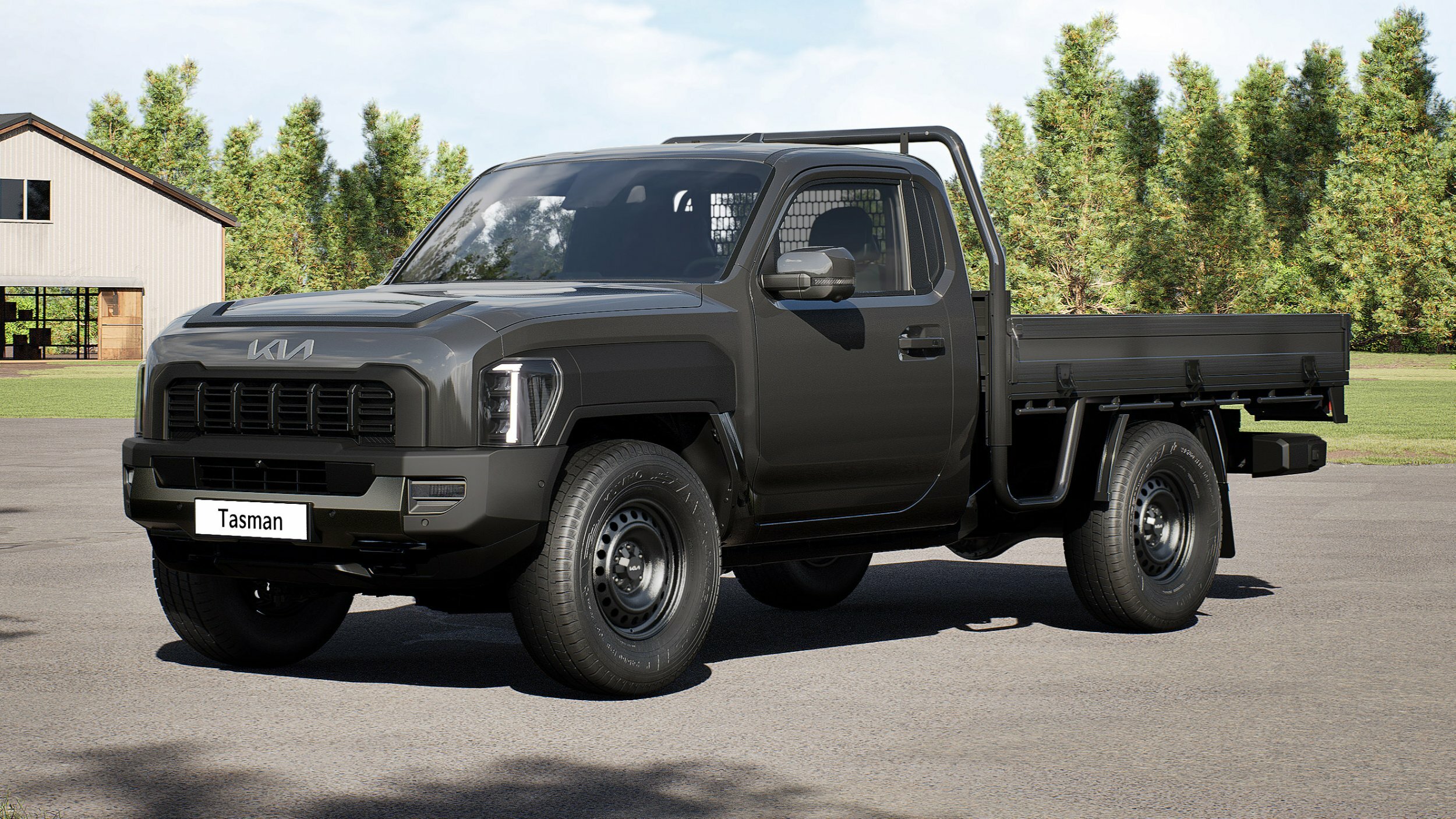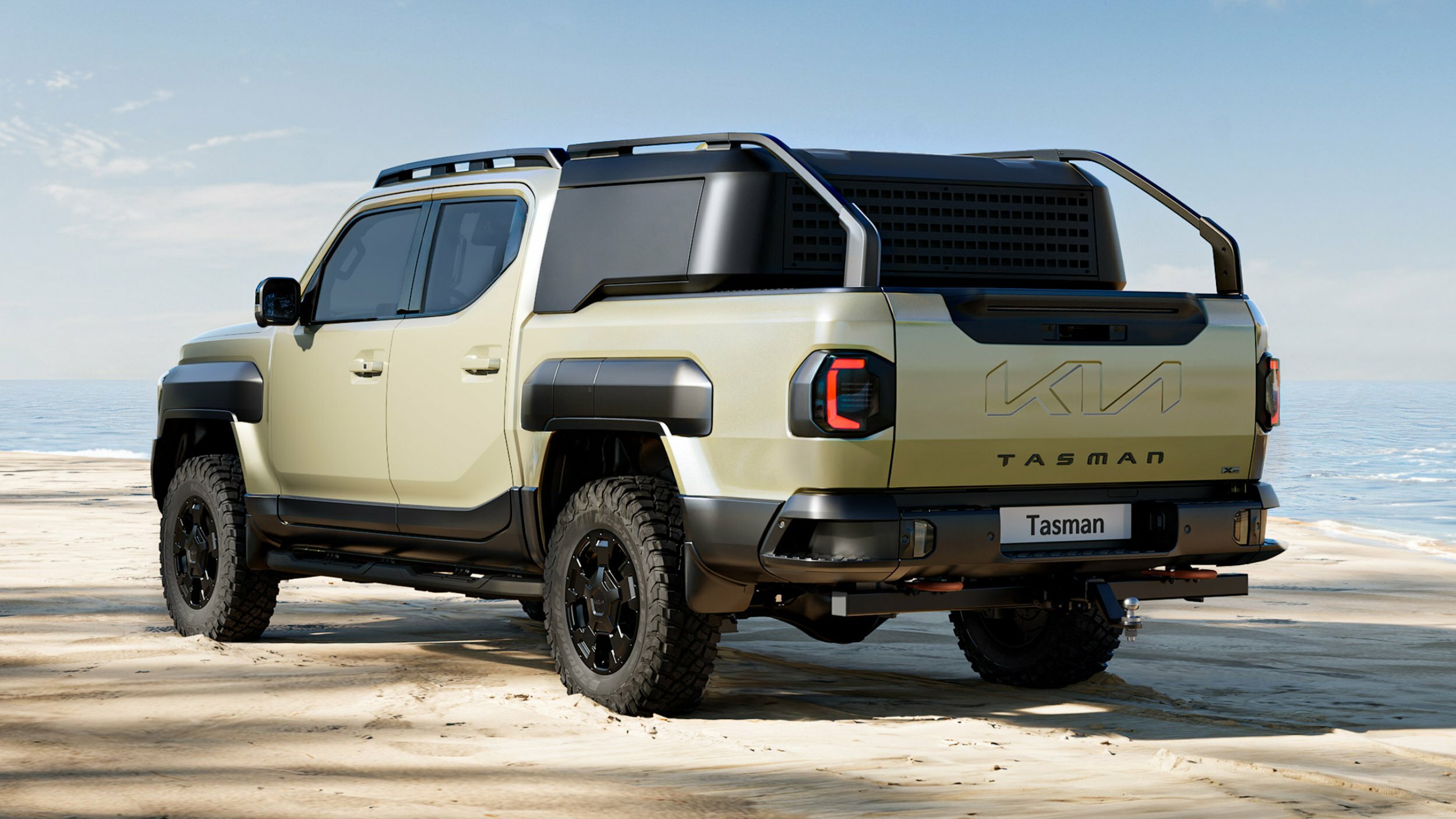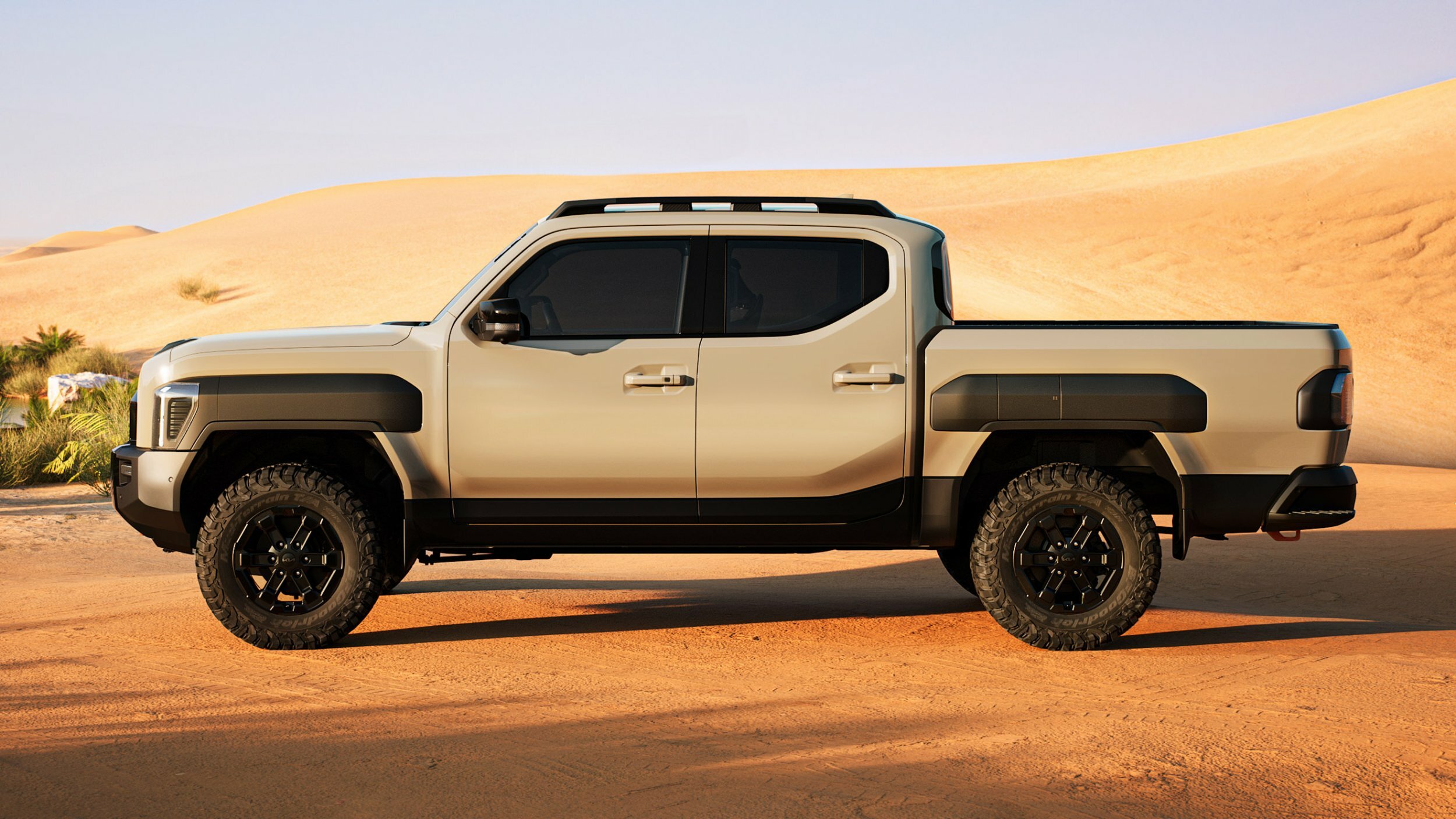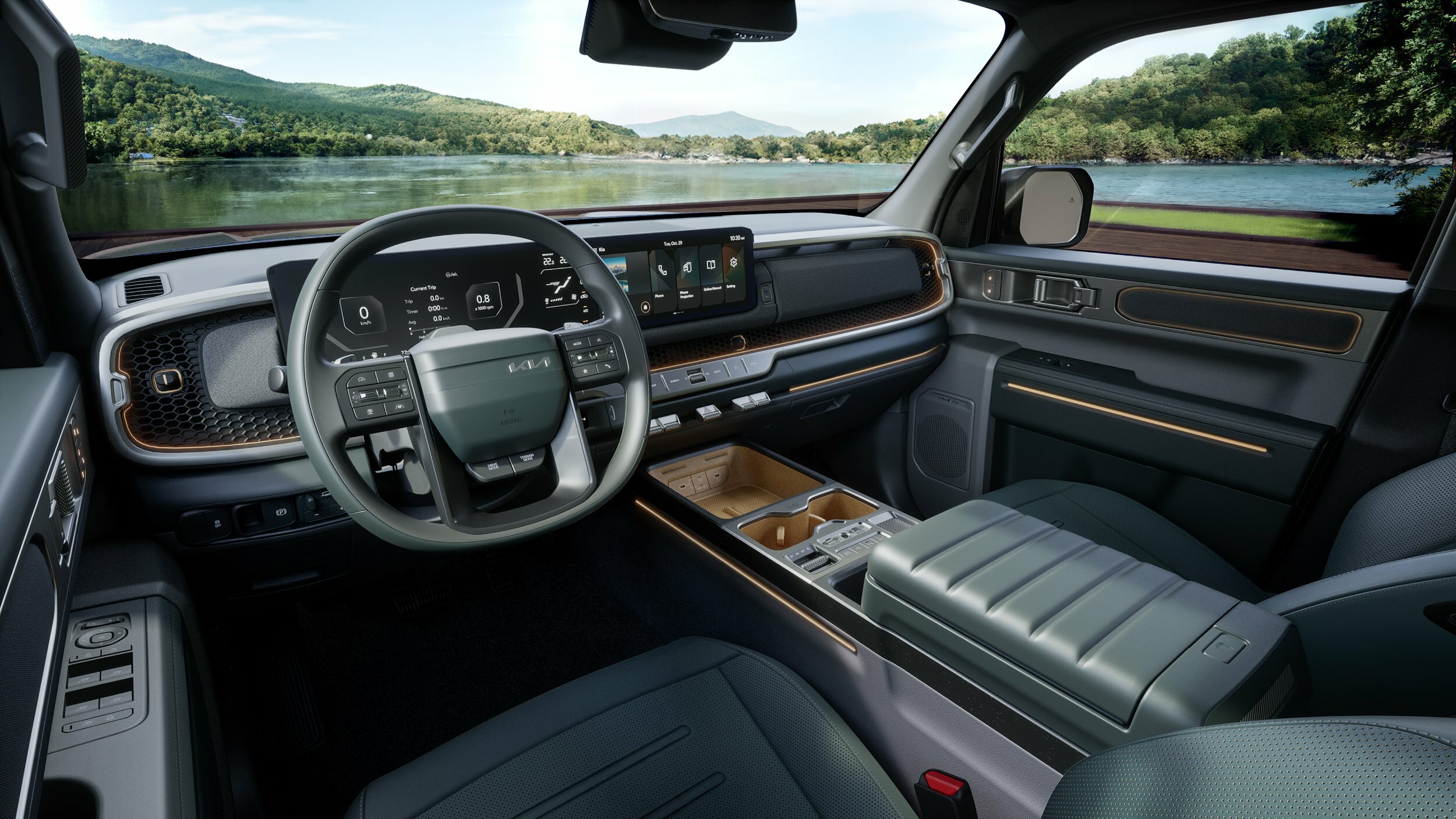Kia has unveiled the all-new Tasman, marking its first foray into the fiercely competitive midsize pickup market, where established contenders like the Toyota Hilux and Ford Ranger dominate. The Korean carmaker’s new truck promises to be a capable workhorse with a strong focus on practicality and off-road chops, blending a controversially styled yet customizable exterior with a tech-laden, well-appointed cabin.
Related: 2025 Mazda BT-50 Facelift Brings Sporty New Face And Bigger Screens
Set for a global rollout in 2025, the highly anticipated Tasman will offer both gasoline and diesel engines—though don’t expect it to hit U.S. shores soon, thanks to the prohibitive “Chicken Tax.” If Kia wants a piece of the American market, it would need to carve out assembly space in its Georgia plant to dodge the 25% import tariff on pickups. Here are five things you need to know about Kia’s first-ever truck.
#1 Unconventional Yet Highly Customizable Exterior
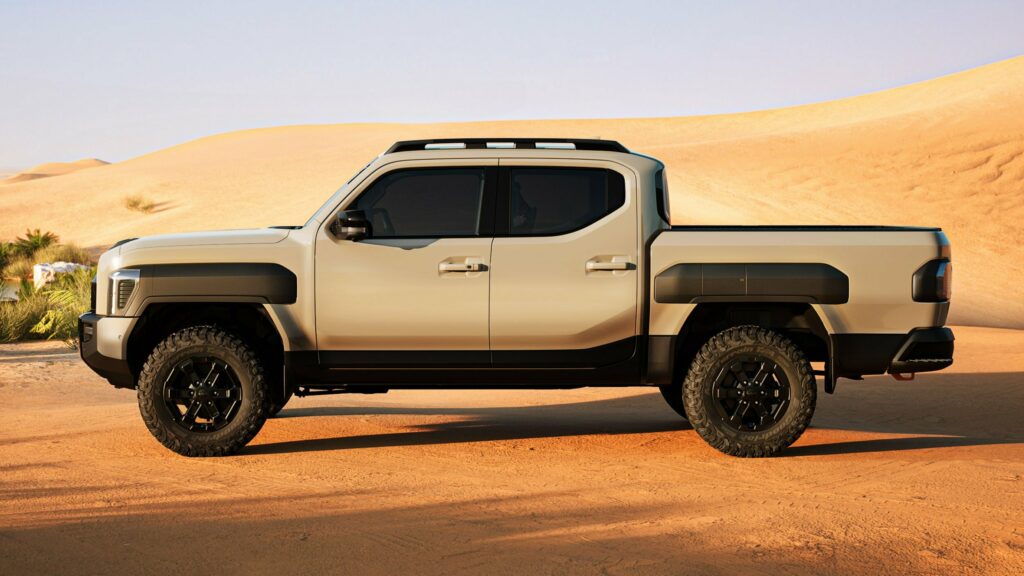
If there were ever a pickup truck vying to outdo the Pontiac Aztek in the “questionable looks” department, this would be it.The Tasman’s aesthetics are its biggest talking point—and not necessarily in a good way. Kia chose what it calls a “fresh approach to aesthetics,” intentionally diverging from the “familiar form language that has dominated the pickup genre for decades”.
As Karim Habib, Head of Kia Global Design, put it, the Tasman’s design “begins with an honest form, using simple and rugged elements to capture the spirit of practicality.” But “honest” might be code for “controversial,” because this truck looks like nothing else on the road.
More: Kia Will Offer A Fix For The Tasman’s Clunky Fenders
Boxy proportions and an upright front end anchor the look, with vertically stacked LED headlights, beefy bumpers, and a unique horn-shaped hood trim. The fenders, which double as horizontal strips of unpainted plastic housing the headlights and storage, have been divisive, to say the least. Fortunately, Kia will offer optional accessories to make them less jarring.
Around back, the Tasman sports a standard-sized bed with chunky taillights, a sizeable tailgate, and a bumper with integrated steps. The truck comes in a standard double-cab body style measuring 5,410 mm (213 inches) long, with customizable single and double chassis cab options. Ground clearance varies by trim, ranging from 224 to 252 mm (8.8-9.9 inches).
#2 Advanced Tech Inside
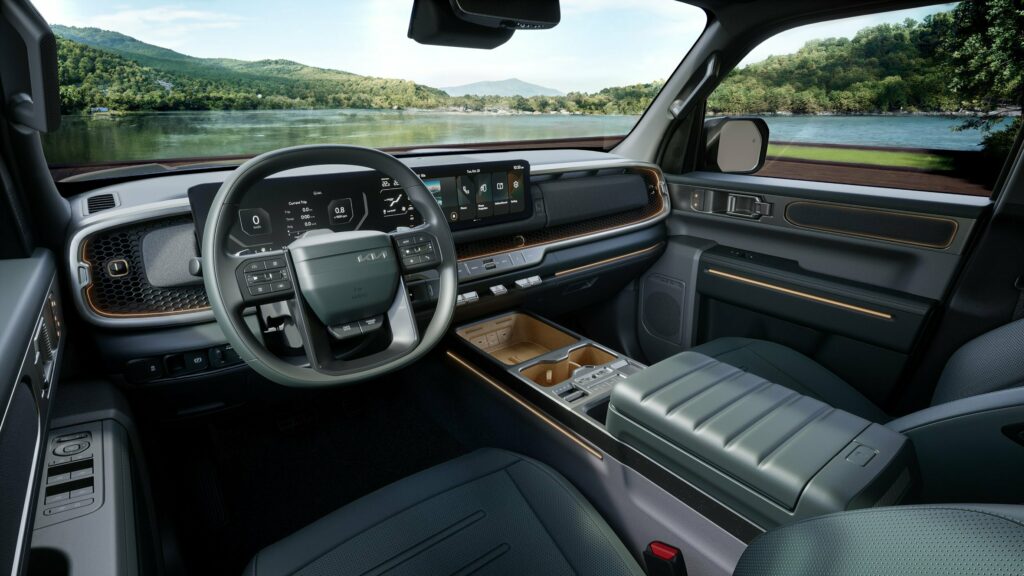
If the Tasman’s exterior is polarizing, the interior should be a relief. Kia has gone for simple, symmetrical lines, resulting in a layout that’s refreshingly easy to digest.
More: Chery’s New KP11 Pickup Coming In 2025 To Take On The Hilux And Ranger
The highlight inside is a triple-screen digital cockpit. One panel houses a 12.3-inch digital instrument cluster, while a 5-inch display handles climate controls, and another 12.3-inch touchscreen powers the infotainment. Buyers can also opt for an eight-speaker Harman Kardon premium audio system for an added dose of luxury.
Sustainable materials are on-trend, and Kia follows suit with recycled PET fabric and bio-PU synthetic leather upholstery, giving the cabin an eco-friendly edge—though it remains to be seen if this approach can maintain the level of perceived quality buyers expect.
#3 Focus on Practicality
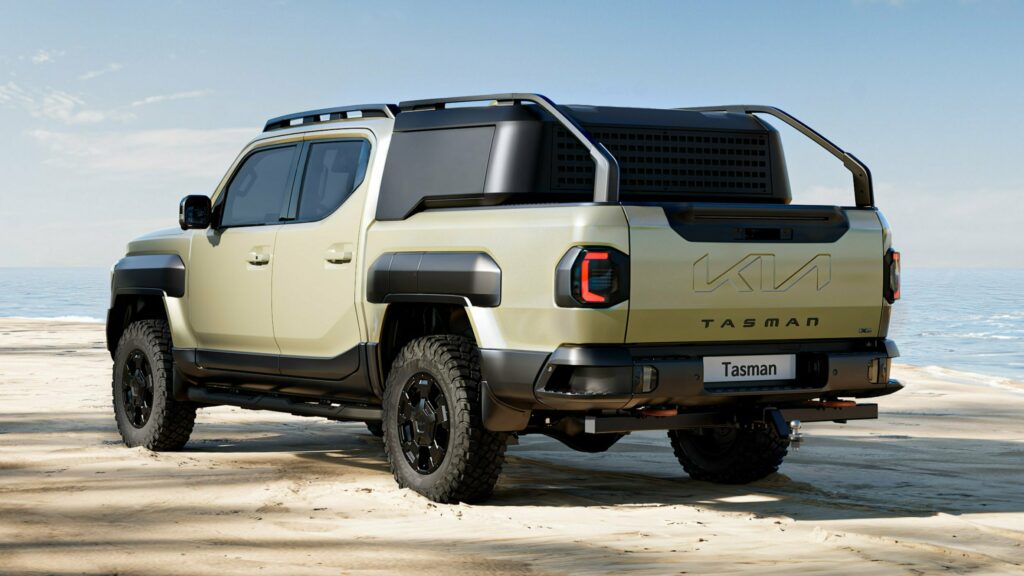
Practical features inside the cabin include a folding table on the center console, a 33-liter (1.2 cubic feet) storage compartment under the rear seats, and a reclining rear bench. Kia claims that headroom, shoulder room, and second-row legroom are best-in-class, thanks to the Tasman’s boxy design.
As for the cargo-carrying credentials of the workhorse, the payload is between 1,017-1,195 kg (2,242-2,635 pounds), and it has a towing capability of up to 3,500 kg (7,716 pounds). Kia also touts the Tasman’s 1,173-liter (41.4 cubic feet) bed load capacity, claiming it bests most rivals. The rear bed is loaded with functional features: it’s illuminated, has an integrated power outlet, a mini-table, and a sliding cargo floor to ease the loading of bulky items.
The bed can also serve as a blank canvas for four different configurations – Single Decker, Double Decker, Sports Bar and Ladder Rack – transforming the Tasman according to the needs of its owner. In total, Kia will offer 13 accessories, set to improve the Tasman’s practicality and styling.
#4 Ladder-Frame Chassis and Non-Electrified Powertrains
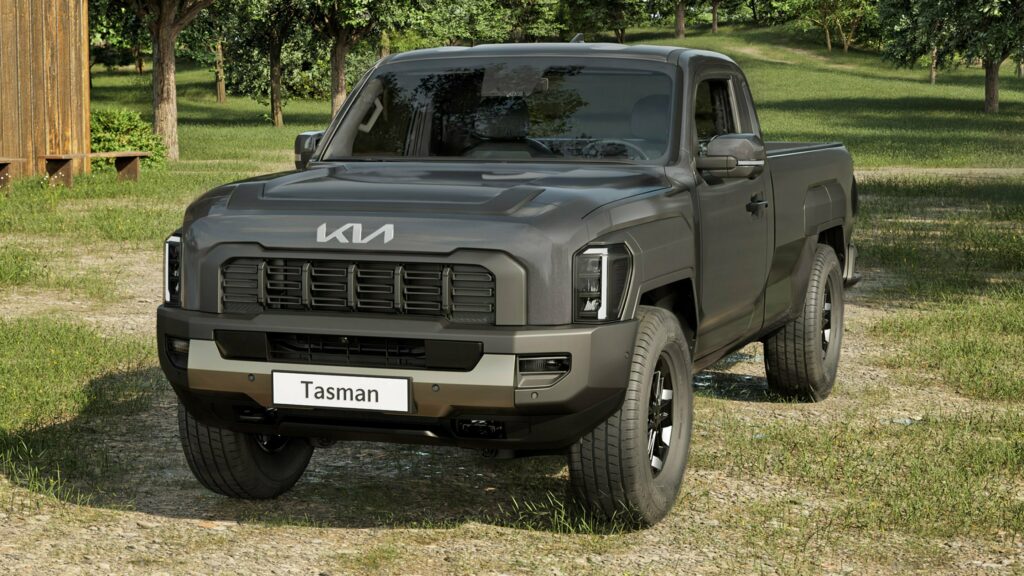
The Kia Tasman will launch with two four-cylinder engine options, one gasoline and one diesel. The turbocharged 2.5-liter gasoline engine churns out 277 hp (281 PS) and 421 Nm (311 lb-ft) of torque. Meanwhile, the 2.2-liter turbodiesel offers 207 hp (210 PS) and a muscular 441 Nm (325 lb-ft) of torque.
Both engines come mated to an eight-speed automatic transmission, though the diesel can also be paired with a six-speed manual. While four-wheel drive is standard on higher trims, base models are available in a more economical 2WD layout. The Tasman offers selectable terrain modes (Sand, Mud, Snow, and Rock), with the rugged X-Pro trim adding an Electronic Locking Differential (e-LD) and an X-Trek mode for tougher terrains.
Built on a ladder-frame chassis, the Tasman combines double-wishbone front suspension with a rigid rear axle featuring leaf springs and vertically mounted shock absorbers. Kia has also equipped the suspension with frequency-sensitive dampers and Hydraulic Rebound Stop tech to improve both comfort and control on rough terrain.
#5 Global Model, But Not for the US
The Kia Tasman is a global model, set to land in dealerships in 2025. It will first roll out in its home market of Korea, followed by Australia, Africa, and the Middle East. Kia said that Saudi Arabia is expected to be a “particularly strong market”, which explains why the pickup was unveiled at the Jeddah International Motor Show.
There’s no word yet on European availability, and a North American launch seems unlikely given the 25% tariff on imported light trucks. Unless Kia decides to build it stateside, U.S. consumers will probably be left out.
Besides the Toyota Hilux and Ford Ranger which are the most popular offerings in the midsize pickup segment, the Kia Tasman has to compete with the likes of the Mitsubishi Triton, Nissan Navara, VW Amarok, Isuzu D-Max, Mazda BT-50, BYD Shark, and GWM Cannon Ute.




